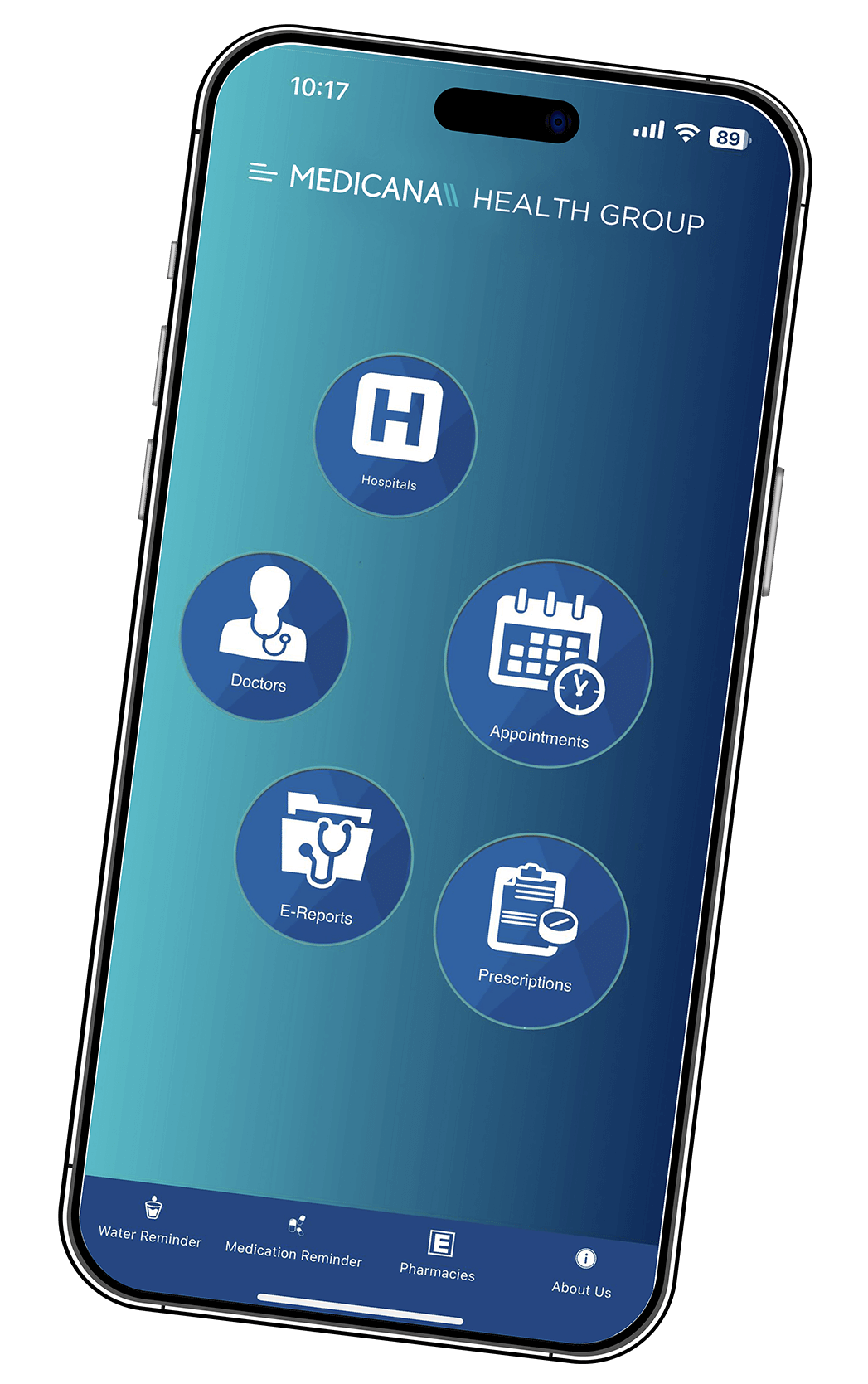Eyelid Surgery

Overview
The skin, muscles surrounding the eyes, and supportive tissues play a crucial role in preventing eyelid sagging. With aging, the skin becomes less elastic, and both the muscles and supporting structures weaken, leading to drooping of the upper eyelids, as well as sagging and the formation of bags under the lower eyelids.
These changes in the structure of the eyelids contribute to a tired and aged appearance of the face.
Eyelid surgery, or blepharoplasty, is often pursued for aesthetic reasons and tends to yield successful outcomes, particularly for individuals experiencing sagging of the upper eyelids. Moreover, when the sagging of the eyelids is pronounced, it may also interfere with vision.
Eyelid surgeries are not effective for addressing dark circles under the eyes or wrinkles such as crow's feet. Often, eyelid surgeries are performed in conjunction with, or as an element of, additional cosmetic procedures, including laser resurfacing, filler injections, or a forehead lift. If you are considering eyelid surgery, it is important to consult with our plastic surgeons to discuss the techniques, set realistic expectations, understand conditions that may preclude eyelid surgery, and be informed of any potential risks.
Why is eyelid surgery procedure done?
Aging leads to a reduction in skin elasticity of the eyelids, compounded by the weakening of muscles and supportive tissues, resulting in the eyelids sagging under the force of gravity. This process results in the development of extra skin folds on both the upper and lower eyelids. Ideal candidates for eyelid surgery are individuals in good general health with realistic expectations about the outcomes. While middle-aged and older individuals often opt for this surgery, it can also be necessary for younger patients for medical reasons.
Undergoing eyelid surgery can boost your self-confidence by enhancing the appearance of your eyes. The improvements to the upper eyelids tend to be long-lasting, though future sagging can occur as part of the natural aging process. Reoperation for the lower eyelids, however, is rarely needed.
It is crucial to discuss your objectives for undergoing eyelid surgery with our plastic surgeon to ensure the most realistic and satisfying results.
Risks
Potential complications are very rare for eyelid surgery. These risks are as follows:
- Bleeding
- Infection
- Dry eye
- Dark discoloration or abnormal scar formation in skin of eyelids
- Difficulty closing eyes or other abnormalities
- Visual problems
- Anesthesia-related complications
Despite employing all available precautions that contemporary medicine offers to mitigate risks, it is not guaranteed that these risks can be entirely eliminated. Our experienced surgical team will implement every strategy to reduce the possibility of complications. Furthermore, our plastic surgeons will provide you with preoperative information regarding the aforementioned risks and any other potential complications, ensuring that all your questions and concerns are thoroughly addressed.
Preparation
The first phase of preoperative preparation is the same in all Medicana Hospitals.
After you decide to have eyelid surgery and discuss it with our plastic surgeons, the following examinations are performed to determine if it is an option for you:
• Review of health history
• A detailed physical examination
• Necessary laboratory tests and radiology studies
• Evaluations by anesthesiologists, along with additional laboratory tests and radiological examinations, are conducted to reduce the risk of complications related to anesthesia.
Once it has been confirmed that the surgery is safe for you, you will be advised to quit smoking if you smoke, and to discontinue any medications that could increase bleeding risk. Your use of prescription drugs, over-the-counter medications, herbal remedies, and supplements will be reviewed, and you will receive guidance on which substances to continue or cease.
You will be instructed to refrain from eating and drinking for a specified period before the operation. It is critical to adhere to this directive to proceed with the surgery as planned.
Post-surgery, arranging for someone to accompany you is advisable. You should expect to limit both work and social activities for several days following the procedure. Importantly, avoid rubbing your eyes, engaging in strenuous activities, swimming, and adhere to applying cold compresses to your eyes, along with following all other instructions from your doctor. Dry eyes might occur post-surgery, typically resolving within two weeks. Consult your doctor if this condition persists beyond two weeks.
Planning for your discharge, post-discharge accommodation, and travel is wise to better manage the postoperative phase.
During the surgery and immediate postoperative period, if both the upper and lower eyelids are addressed, the surgery may last about 2 hours. The procedure is performed under local anesthesia with sedation. Incisions are made along the natural folds of your eyelids, through which excess fat, tissue, and muscle are removed. Tiny stitches are used to close the incisions, enhancing the cosmetic appearance. Stitches on the upper eyelid are usually removed after about one week, whereas the lower eyelids might not require stitches, depending on the surgical technique used.
Your doctor may recommend laser resurfacing following the procedure. Post-surgery, it's normal to experience pain, swelling, or even bruising around the eyelids, which should diminish naturally over several weeks. The scar tissue along the incision lines will gradually become less noticeable, though it won't match your exact skin tone.
To manage any discomfort, your plastic surgeon will prescribe pain medication. If non-absorbable stitches were used, or a drain was placed to prevent fluid and blood accumulation under the incision site, your surgeon will schedule their removal, typically during the first postoperative visit. You'll be informed whether observation or an extended hospital stay is necessary.
After awakening from anesthesia and being ready to move, healthcare professionals will assist or supervise your mobilization.
Before discharge, you'll be advised on the rest period required and when to resume light exercise. While daily activities are permitted, heavy lifting and strenuous work should be avoided for a specified period
Adhering to these guidelines is crucial for a smooth recovery and optimal surgical results. Hence, ensure all your queries are addressed by your plastic surgeon before leaving the hospital. Follow-up visits should be scheduled as advised upon discharge. If you observe any signs of infection or other concerning symptoms post-surgery, contact your plastic surgeon without delay.
Results
Throughout the process of eyelid surgery, your eyes and the surrounding area will achieve a more youthful and vibrant appearance. It's undeniable that such improvements will enhance your self-esteem. The full outcomes of the eyelid surgery may become apparent over several weeks. While the results are enduring, they cannot halt the natural aging process. Discussing with your plastic surgeon about measures to extend the duration of the surgery's benefits will be beneficial.




















